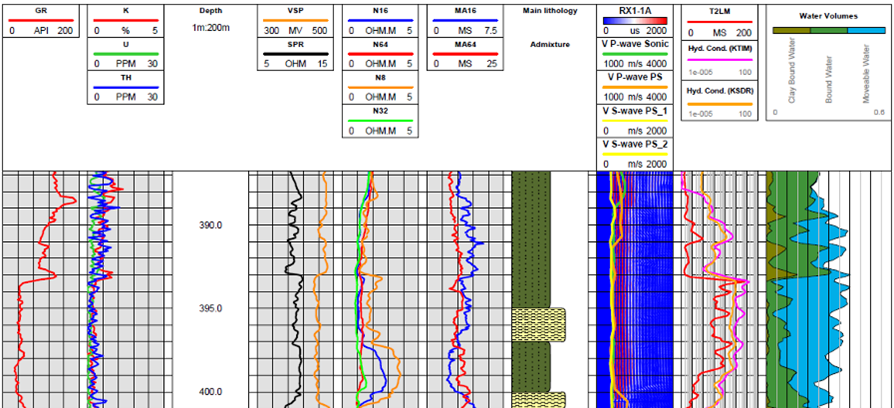Geothermal Data Acquisition
Geology
Determining the geologic history of the Delft area is empirical when planning a geothermal doublet. The homo- or heterogeneity of the geology determines how effective the reservoir will be. Therefore, extensive research has been done beforehand, but will continue as more data is available when the wells are drilled.
Photo: NAM
Well Logging and Petrophysics
Open hole logging gives information on the properties of the materials around the boreholes, such as density and conductivity. From this, other properties like permeability can be obtained, which are critical to know in order to estimate the flowrate of ground water through the reservoir.
Geophysical monitoring
When working with the subsurface, there is always a level of risk involved, such as induced seismicity. Whilst previous drillings in the area show no induced seismicity at all, 4 monitoring boreholes in the area are supplied with geophones and electromagnetic monitoring tools in order to quickly pick up on any seismic activity and actions can be taken accordingly.
Reservoir modelling
Reservoir modelling is essential in order to predict flow and other characteristics of the Delft Sandstone. Whereas cores and logging give a detailed description of the reservoir on a specific location, reservoir modelling provides a broader insight of the complete reservoir.



